
© Christopher R. Moore, CC BY-NDThe muck that’s been accumulating at the bottom of this lake for 20,000 years is like a climate time capsule.
What kicked off the Earth's rapid cooling 12,800 years ago?
In the space of just a couple of years,
average temperatures abruptly dropped, resulting in temperatures as much as 14 degrees Fahrenheit cooler in some regions of the Northern Hemisphere. If a drop like that happened today, it would mean the average temperature of Miami Beach would quickly change to that of current Montreal, Canada. Layers of ice in Greenland show that this cool period in the Northern Hemisphere lasted about 1,400 years.
This climate event, called the Younger Dryas by scientists, marked the beginning of a decline in ice-age megafauna, such as mammoth and mastodon, eventually leading to
extinction of more than 35 genera of animals across North America. Although disputed, some research suggests that Younger Dryas environmental changes led to a
population decline among the Native Americans known for their
distinctive Clovis spear points.
Conventional geologic wisdom blames the Younger Dryas on the failure of glacial ice dams holding back huge lakes in central North America and the sudden,
massive blast of freshwater they released into the north Atlantic. This freshwater influx
shut down ocean circulation and ended up cooling the climate.
Some geologists, however, subscribe to what is called the
impact hypothesis: the idea that a fragmented comet or asteroid collided with the Earth 12,800 years ago and caused this abrupt climate event. Along with disrupting the glacial ice-sheet and shutting down ocean currents, this hypothesis holds that the extraterrestrial impact also triggered an "impact winter" by setting off massive wildfires that blocked sunlight with their smoke.
The evidence is mounting that the cause of the Younger Dryas' cooling climate came from outer space. My own recent fieldwork at a South Carolina lake that has been around for at least 20,000 years
adds to the growing pile of evidence.
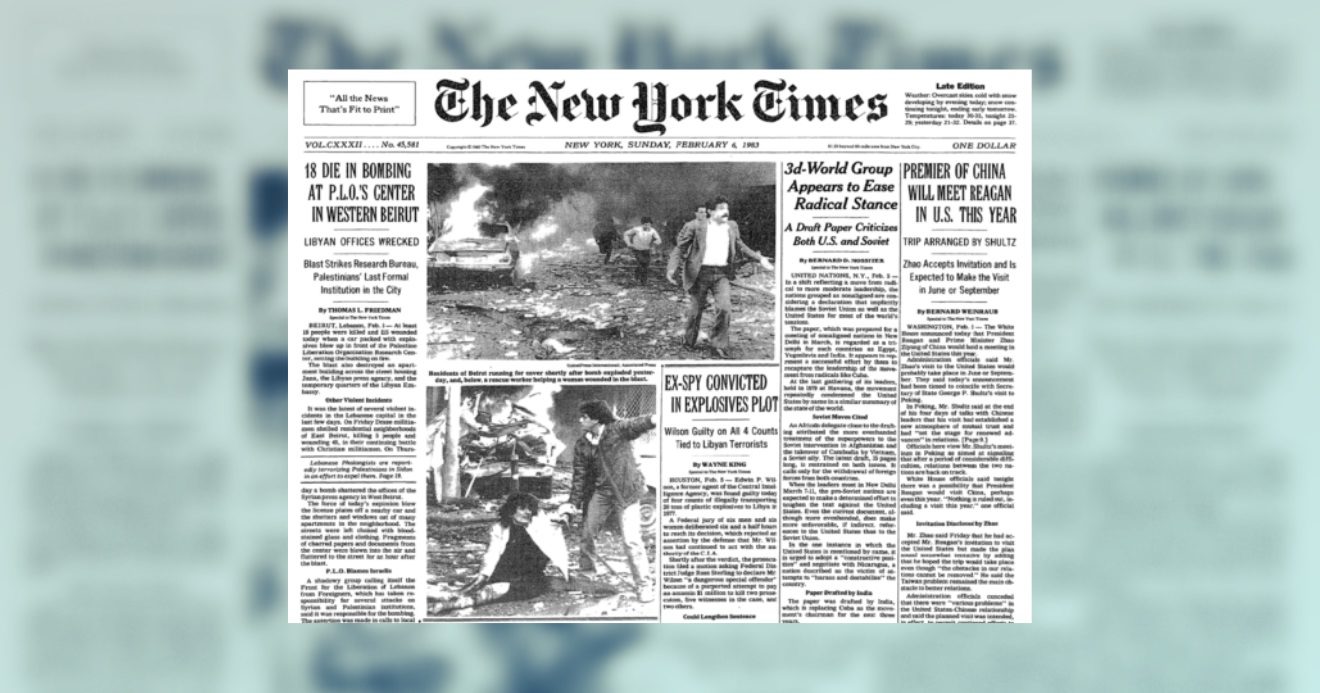
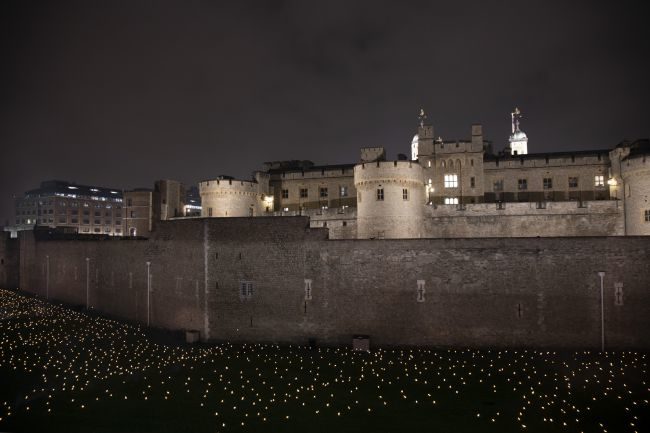

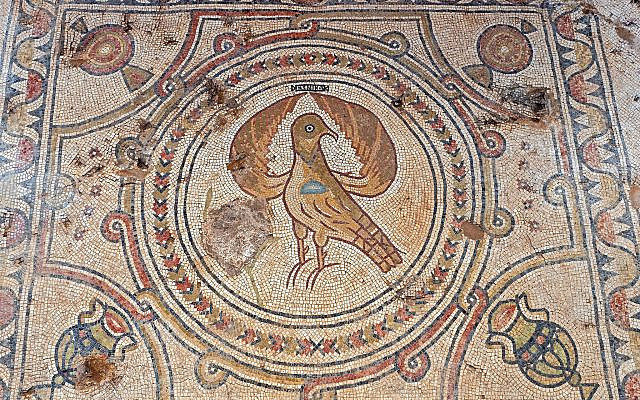

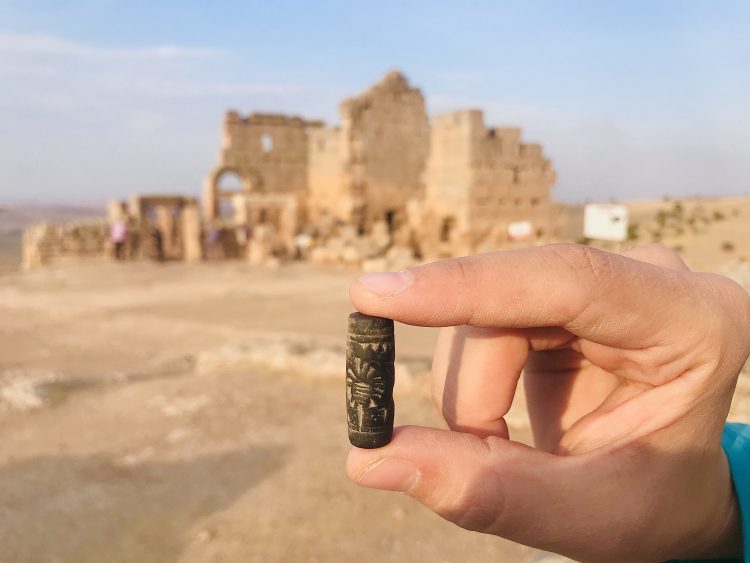



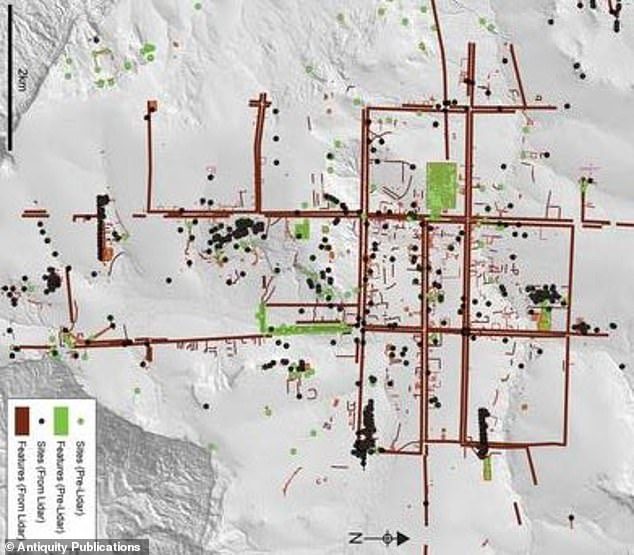



Comment: See also: